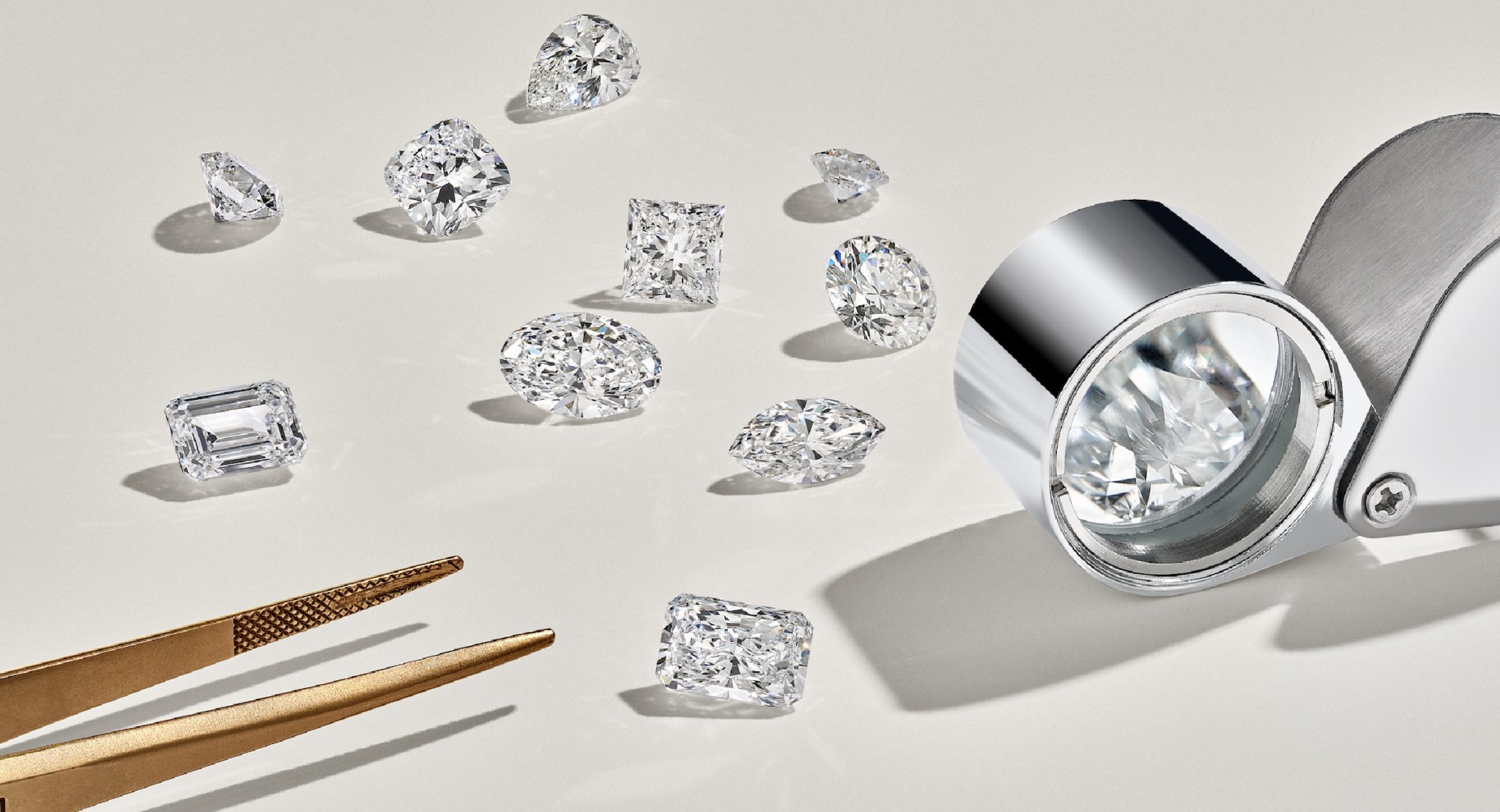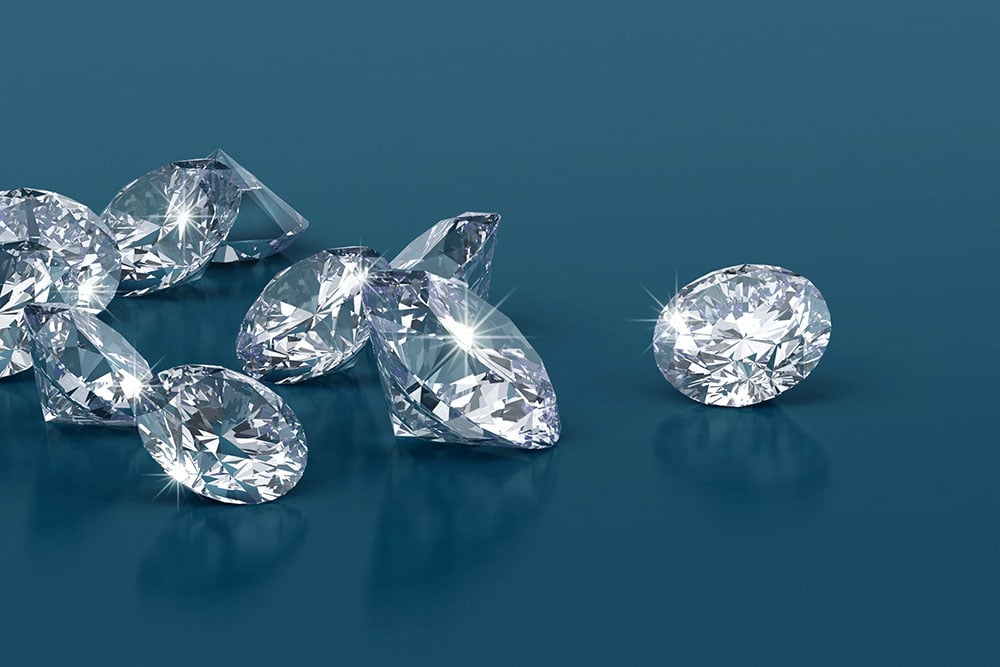 Posted On
Posted On
Endocrine Disrupting Chemicals in Hair Straighteners: A Look at the Lawsuits
 Posted On
Posted On
Many women have found success using chemical hair straighteners, especially those with curly or frizzy hair. These treatments enable hair to be straightened by dissolving the natural connections in hair.
The natural bonds in the hair are broken down during the chemical straightening procedure by using heat and chemicals. Disulfide, hydrogen, and salt bonds are three different forms of these bonds. Disulfide bonds are broken when people use chemical hair straighteners on their hair, which allows the hair to be straightened. Normally, it persists until your hair comes back.
Recent research has revealed that these items might pose major health hazards, such as an elevated risk of cancer. Consequently, a number of cases have been brought against cosmetic companies that produce and market chemical hair straighteners.
Table of Contents
The National Institutes of Health (NIH) Study
According to National Institutes of Health (NIH) research published in 2022, uterine cancer risk is more than double for women who use chemical hair straighteners more than four times in a 12-month period.
A greater risk of uterine cancer was observed in women who reported using hair straighteners compared to those who did not, according to the study, which examined data from 33,947 women between the ages of 35 and 74.
Moreover, according to another NIH study, women who were using chemical hair straighteners every five to eight weeks had a 30% increased risk of getting breast cancer. The study also discovered that because black women were more likely to use chemical hair straighteners, they had a greater chance of developing breast cancer from these items.
Endocrine Disrupting Chemicals (EDCs)
Endocrine-disrupting chemicals (EDCs) have been determined to be the root of the elevated cancer risk linked to chemical hair straighteners.
EDCs are compounds that have the potential to affect the body’s endocrine system, which includes the glands that create hormones and the hormones themselves. EDCs can imitate or disrupt the activity of hormones, which can result in a variety of health issues.
Some of the EDCs present in chemical hair straighteners are phenylalanines, parabens, and DEHP. Phthalates are a class of compounds used to increase the flexibility of plastics and are frequently used in personal care products.
A class of preservatives known as parabens is commonly used in cosmetics, personal care products, and food items as a way to prevent the growth of bacteria, yeast, and mold. The most common parabens used in cosmetics are methylparaben, ethylparaben, propylparaben, and butylparaben.
Parabens are known to mimic estrogen, and this is why there is a concern that they may increase the risk of breast cancer. They are absorbed through the skin and can be found in the blood, urine, and breast milk.
Lawsuits
The research has prompted over a dozen people to bring a hair straightener lawsuit against cosmetic companies including L’Oreal, Soft & Beautiful, and Dark and Lovely. A move to combine all the cases in the multidistrict lawsuit in Illinois was submitted in November 2022.
The complaints contend that despite knowing or having a reasonable expectation of knowing that their hair straightening treatments included highly harmful EDCs, these firms still produced, advertised, and sold them. The corporations are accused of failing to adequately warn consumers about the hazards involved in utilizing these goods in these cases.
The class action lawsuit filed against L’Oreal and other businesses, not only demands them to pay back the entire cost of the faulty items that were purchased by the plaintiffs but also seeks compensation for any medical expenses and other damages incurred as a result of using these products.
The lawsuit claims that these companies failed to provide adequate warning about the potential risks associated with using these products and it was against both state and federal law that the existence of EDCs in these goods was not stated on the label. This could have prevented the plaintiffs from making informed decisions about the products they were purchasing and using, putting their health at risk.
Conclusion
Many women have found chemical hair straighteners to be a popular style tool, but current research indicates that these devices may pose major health hazards, including an elevated risk of cancer.
The higher risk of cancer has been linked to endocrine-disrupting chemicals in hair straighteners. Consequently, a number of cases have been brought against cosmetic companies that produce and market chemical hair straighteners.
The complaints allege that despite knowing or having a reasonable expectation of knowing that their hair straightening treatments were hazardous, these firms still produced, advertised, and sold them without adequately disclosing the dangers involved in using them.











